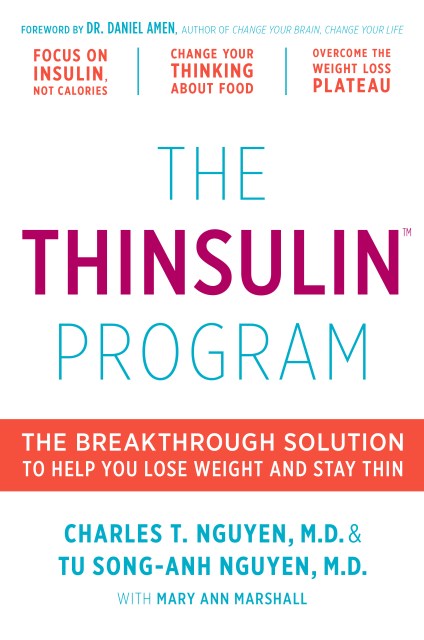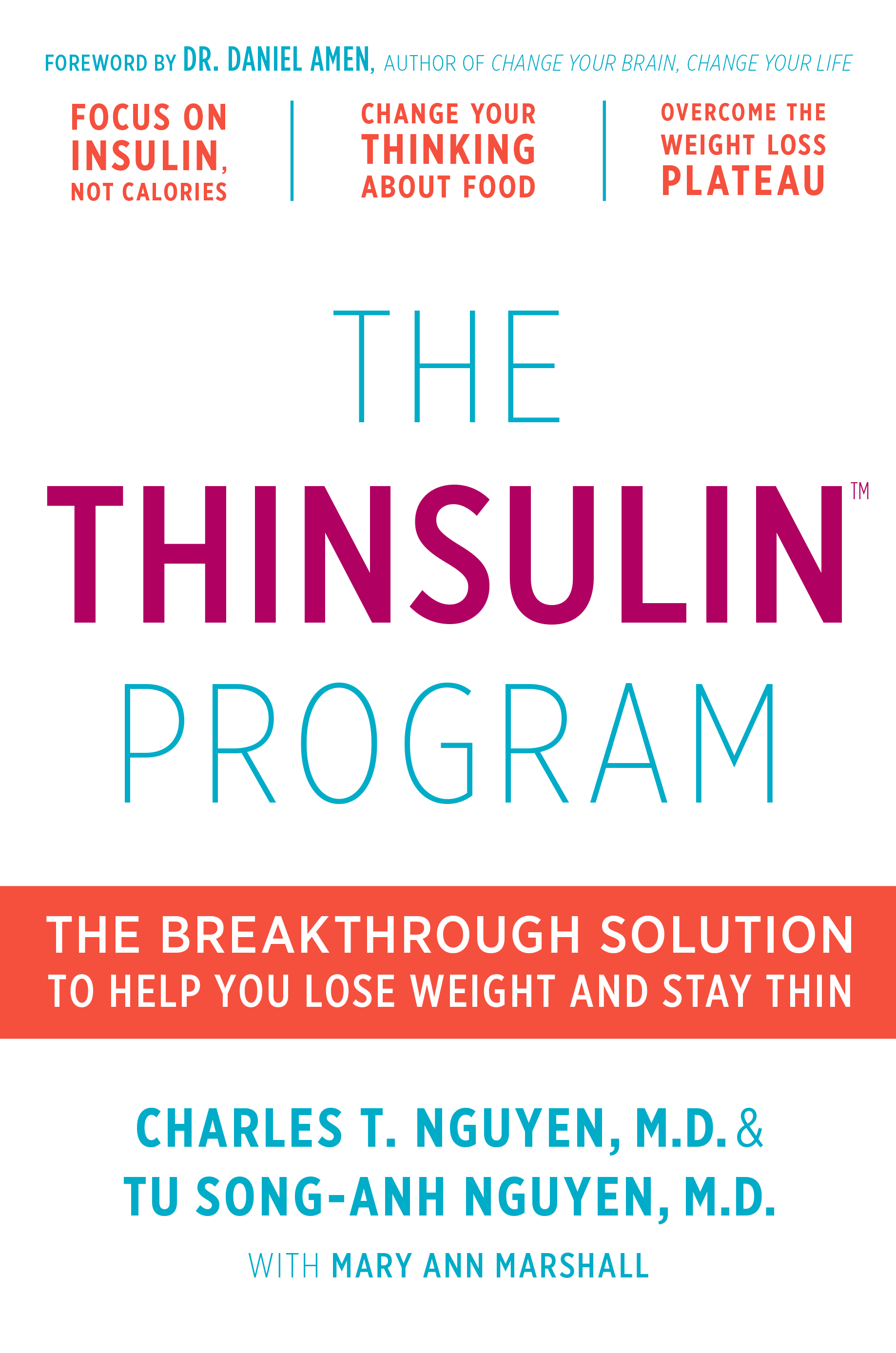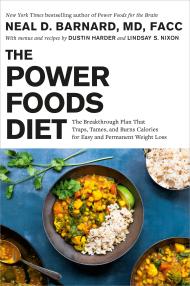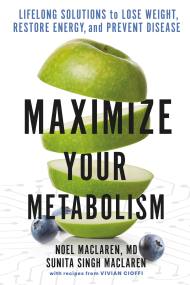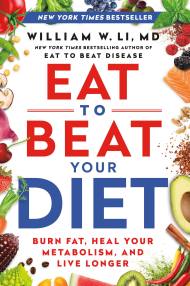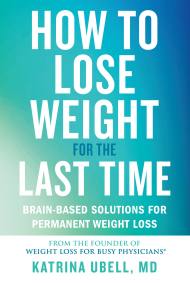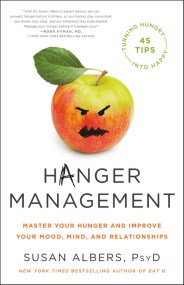Promotion
Use code MOM24 for 20% off site wide + free shipping over $45
The Thinsulin Program
The Breakthrough Solution to Help You Lose Weight and Stay Thin
Contributors
Formats and Prices
Price
$14.99Price
$19.99 CADFormat
Format:
- ebook $14.99 $19.99 CAD
- Hardcover $24.99 $32.50 CAD
This item is a preorder. Your payment method will be charged immediately, and the product is expected to ship on or around February 9, 2016. This date is subject to change due to shipping delays beyond our control.
Also available from:
High-fat, high-sugar foods get most of the blame for weight gain and obesity, but doctors have found that high insulin levels are actually the culprit. When we eat foods that raise our insulin level, the body stores fat; when we lower our insulin level, the body naturally burns fat. In The Thinsulin(TM) Program, bariatric internist Tu Song-Anh Nguyen and psychiatrist Charles Nguyen share their proven, science-based, two-stage plan for weight loss. First, the active phase shows you how to gain control of and lower your insulin levels through food choices that enable dramatic weight loss. Next, the passive phase helps you to adopt a new way of thinking about food, focusing on insulin rather than calories, to keep excess weight off for good.
Genre:
- On Sale
- Feb 9, 2016
- Page Count
- 272 pages
- Publisher
- Da Capo Lifelong Books
- ISBN-13
- 9780738218748
Newsletter Signup
By clicking ‘Sign Up,’ I acknowledge that I have read and agree to Hachette Book Group’s Privacy Policy and Terms of Use
